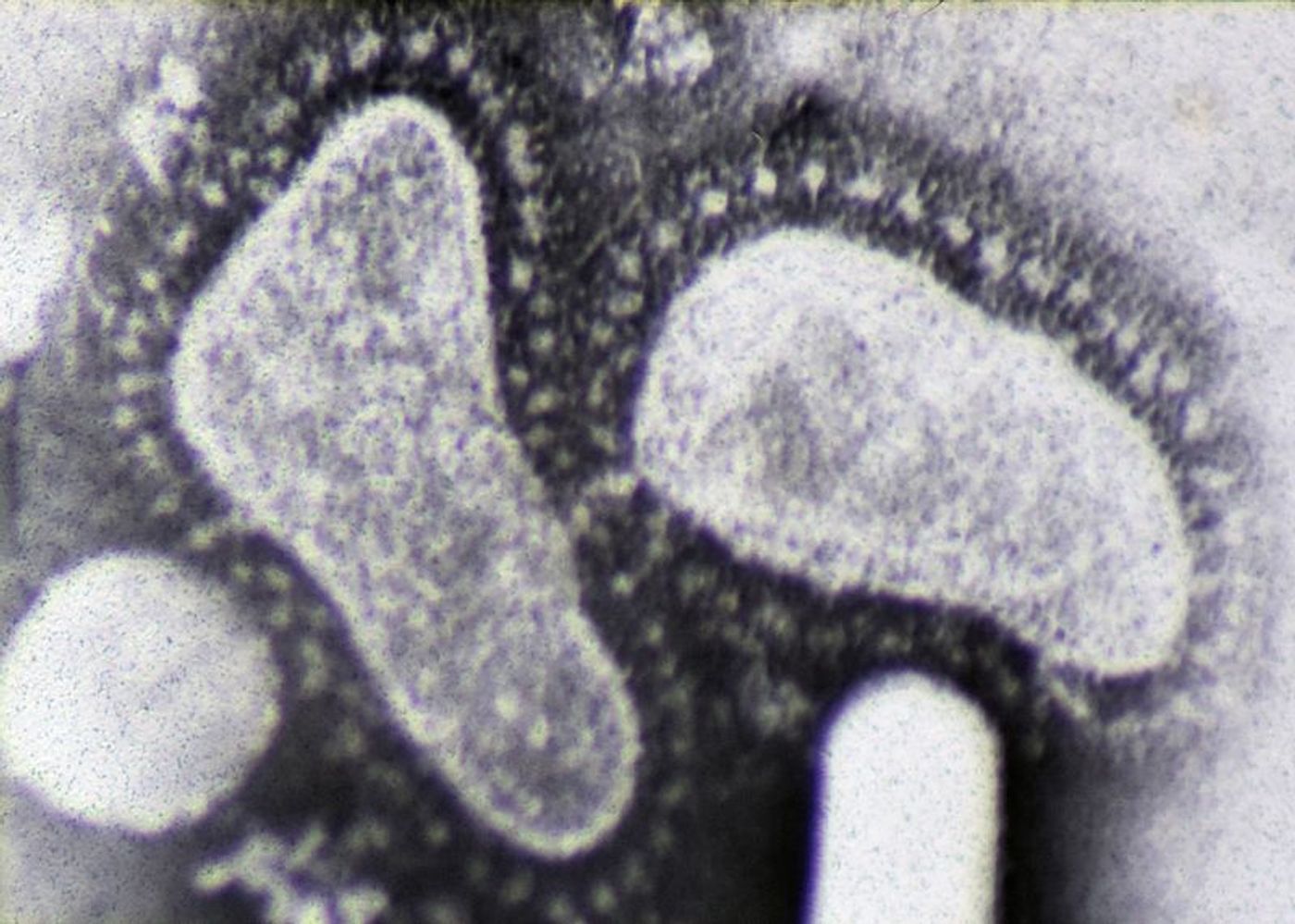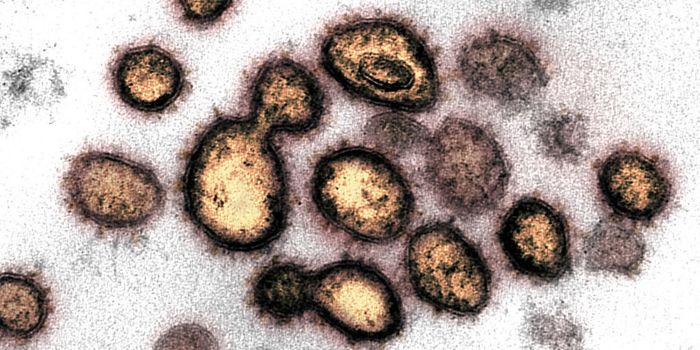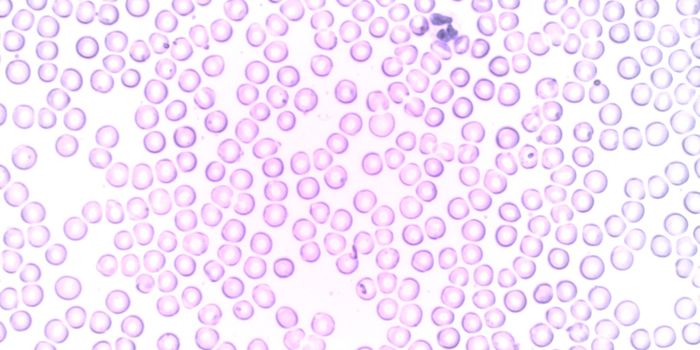What's the Common Cold's Secret Weapon?
One of the viruses responsible for the itchy and runny nose, headache, and sore throat we associate with the common cold we get every year around this time is the coronavirus. Within the population of coronaviruses, there are multiple strains that are different in one small way, and this difference is what keeps the immune system at bay year after year, preventing the body from developing immunity and scientists from developing a vaccine to protect against the common cold.
Like influenza, coronavirus and other viruses that cause the common cold are infamous for changing every year. In addition to cause the common cold, a usually mild upper-respiratory tract illness, coronaviruses are known to cause neurological disease and other, more severe infections like SARS and MERS. However, no human cases of SARS have been reported since 2004. MERS cases have been known to occur but very infrequently and mostly in the Arabian Peninsula. Coronaviruses can also, although less often, cause lower-respiratory tract infections like pneumonia and bronchitis.
Because of their tendency to vary between strains, there are no vaccines to prevent coronavirus infections of any kind. The only defense humans have against these infections are preventative strategies such as hand washing and avoiding sick people during “cold season.”
A new study of one strain’s structure allowed scientists from the Institut National de la Recherche Scientifique (INRS) in Quebec City, Canada to analyze and identify three long loops from the virus that bind a host cell protein called aminopeptidase N (APN). Like other coronavirus strains, the surface of the particular strain under study, Alphacoronavirus HCoV-229E, is made up of “spikes” formed by so-called S proteins. These spikes are responsible for facilitating the interaction between the virus and host cells, allowing the virus to attach and infect. The receptor binding domain (RBD) launches this interaction.
The RBD is made up of three parts, the three loops visualized in the INRS analysis, that vary between strains. Neutralizing antibodies can target the RBD to remove the virus from the host, but they usually find no success in continuing to recognize the RBD because of how different the parts are among different strains of the coronavirus. Additionally, RBDs across all strains are capable of alternating between “visible and masked states,” further complicating the immune system’s ability to recognize and target them.
During the past fifty years of studying coronaviruses, scientists have discovered six different classes of HCoV-229E alone, each with different affinities for binding host cells that correspond with their specific combination of RBD components. While scientists are beginning to understand HCoV-229E, there are even more strains of coronaviruses, and there are even more different types of viruses that cause the common cold. Needless to say, the investigation into the viral structures responsible for the seemingly inescapable common cold will continue.
The present study was published in the journal Nature Communications.
Sources: Centers for Disease Control and Prevention, Institut National de la Recherche Scientifique (INRS)









